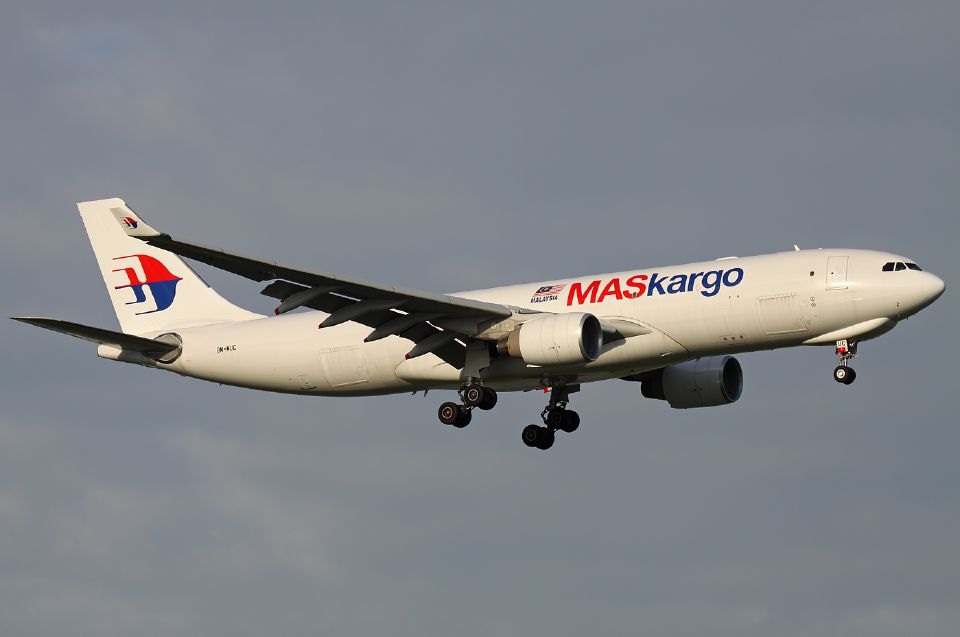KUALA LUMPUR, Jan 12 (NNN-Bernama) — Global air cargo markets showed slower growth in November 2021 with demand, measured in cargo tonne-kilometres (CTKs) increasing 3.7 per cent compared to November 2019, which posted a 4.2 per cent growth for international operations.
According to the International Air Transport Association (IATA), this was significantly lower than the 8.2 per cent growth recorded in October 2021 and in previous months.
It said capacity was 7.6 per cent below November 2019 and was relatively unchanged from October.
‘’Capacity remains constrained with bottlenecks at key hubs,’’ it said in a statement Tuesday.
IATA said supply chain disruptions are slowing growth, despite economic conditions continuing to support the air cargo market.
Labour shortages, partly due to employees being in quarantine, insufficient storage space at some airports and processing backlogs exacerbated by the year-end rush created supply chain disruptions.
It added that several key airports, including New York’s John F. Kennedy, Los Angeles and Amsterdam Schiphol reported congestion.
“Air cargo growth was halved in November compared to October because of supply chain disruptions.
“All economic indicators pointed towards continued strong demand, but the pressures of labour shortages and constraints across the logistics system unexpectedly resulted in lost growth opportunities,’’ IATA director general Willie Walsh said.
Hence, he said governments must act quickly to relieve pressure on global supply chains before it permanently dents the shape of the economic recovery from COVID-19.
“To relieve supply chain disruptions in the air cargo industry, IATA is calling on governments to ensure that air crew operations are not hindered by COVID-19 restrictions designed for air travellers,’’ he said, adding it hoped governments can provide innovative policy incentives to address labour shortages where they exist.
Policymakers also need to implement the commitments governments made at the International Civil Aviation Organisation High Level Conference on COVID-19 to restore international connectivity, including for passenger travel.
Regionally, Asia Pacific airlines’ international air cargo volumes went up 5.2 per cent in November 2021 compared to the same month in 2019.
This was only slightly below the previous month’s 5.9 per cent expansion, while international capacity in the region eased 9.5 per cent in November compared to 2019.
Meanwhile, North American carriers posted an 11.4 per cent increase in international cargo volumes in November 2021 compared to November 2019.
However, this was below October’s performance of 20.3 per cent, while international capacity was down 0.1 per cent compared to November 2019.
European airlines saw a 0.3 per cent improvement in international cargo volumes in November 2021 compared to the same month in 2019, but this was a significant drop in performance compared to October 2021’s 7.1 per cent.
International capacity was down 9.9 per cent in November 2021 compared to pre-crisis levels and capacity on the key Europe-Asia route was down 7.3 per cent during the same period.
In the Middle East, carriers experienced a 3.4 per cent increase in international cargo volumes in November 2021, a significant drop in performance compared to the previous month.
African airlines’ international cargo volumes rose by 0.8 per cent in November, a significant deterioration from the previous month’s 9.8 per cent. International capacity was 5.2 per cent lower than pre-crisis levels.
Latin American carriers registered a decline of 13.6 per cent in international cargo volumes in November compared to the 2019 period.
This was the weakest performance of all regions and a significant deterioration from the previous month’s performance of -5.6 per cent. Capacity in November was down 20.1 per cent on pre-crisis levels.
— NNN-BERNAMA





